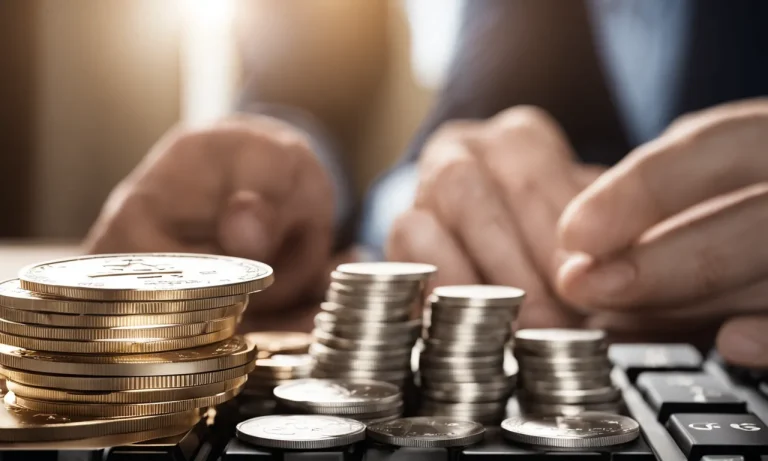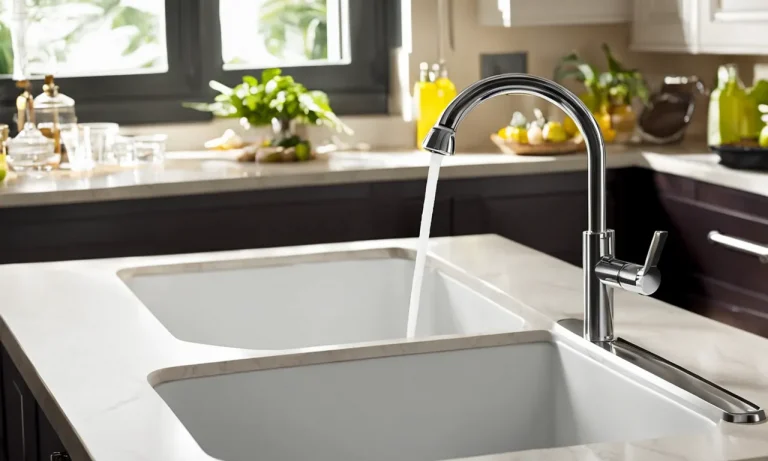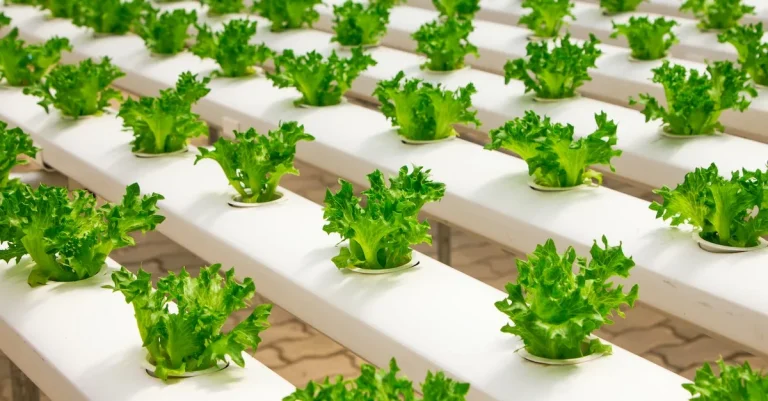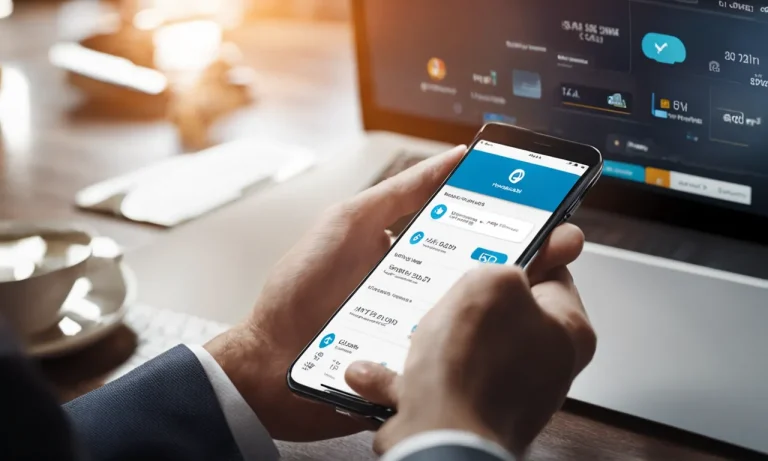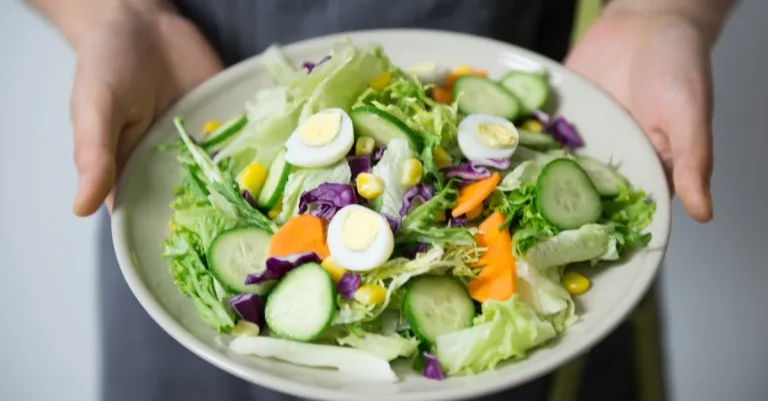How Much Is A Pound Of Mixed Change Worth?
Have you ever wondered how much that big jar of mixed change you’ve been collecting is actually worth? Counting and rolling coins is tedious, but you might be sitting on a small treasure without even realizing it!
If you’re short on time, here’s a quick answer to your question: A pound of mixed U.S. coins is worth approximately $1.71 on average.
In this comprehensive guide, we’ll go through everything you need to know to calculate the value of your mixed change stash.
You’ll learn the average breakdown of coin denominations, current coin values, and tips for efficiently counting and cashing in your spare coins.
Average Coin Composition of Mixed Change
Pennies
Pennies, also known as one-cent coins, are the most common coin found in mixed change. They are made of copper-plated zinc and have a diameter of 0.75 inches.
The current composition of a penny is 97.5% zinc and 2.5% copper. However, prior to 1982, pennies were made primarily of copper.
So, if you come across an older penny, it may be worth more than its face value due to its copper content.
Nickels
Nickels, or five-cent coins, are larger and thicker than pennies. They are made of a combination of copper and nickel alloy, giving them their silver appearance.
The current composition of a nickel is 75% copper and 25% nickel. Nickels have a diameter of 0.835 inches and a thickness of 0.077 inches.
While nickels are not as common as pennies, they still make up a significant portion of mixed change.
Dimes
Dimes, or ten-cent coins, are smaller and thinner than nickels. They are made of a combination of copper and nickel, similar to nickels.
The current composition of a dime is 91.67% copper and 8.33% nickel. Dimes have a diameter of 0.705 inches and a thickness of 0.053 inches.
Due to their smaller size, dimes may be more easily overlooked in a pile of mixed change.
Quarters
Quarters, or twenty-five cent coins, are the largest and thickest coins in mixed change. They are made of a combination of copper and nickel, just like nickels and dimes.
The current composition of a quarter is 91.67% copper and 8.33% nickel. Quarters have a diameter of 0.955 inches and a thickness of 0.069 inches.
Due to their larger size, quarters are often the first coins spotted when sorting through mixed change.
It’s important to note that the composition and value of coins can change over time. To stay up-to-date on the current coin compositions and values, you can visit the U.S. Mint website.
Additionally, if you believe you have a rare or valuable coin, it’s always a good idea to consult with a professional coin collector or appraiser to determine its worth.
Current Coin Values
Pennies – $0.01
Pennies, also known as one-cent coins, are the lowest denomination of currency in the United States. Despite their low value, a pound of pennies can actually add up to a significant amount.
On average, there are approximately 181 pennies in a pound. Therefore, a pound of pennies is worth about $1.81.
However, keep in mind that the value of pennies can vary depending on their age, condition, and rarity.
Nickels – $0.05
Nickels, or five-cent coins, are another type of currency that can contribute to the value of a pound of mixed change.
There are approximately 91 nickels in a pound, making a pound of nickels worth about $4.55.
While this may not seem like a large amount, it’s important to remember that every penny counts when it comes to accumulating change.
Dimes – $0.10
Dimes, worth ten cents each, can significantly increase the value of a pound of mixed change.
With approximately 200 dimes in a pound, a pound of dimes is worth about $20.00.
Dimes are smaller and thinner than other coins, which allows for more coins to fit into a pound.
This makes dimes a valuable addition to any collection of mixed change.
Quarters – $0.25
Quarters, the largest denomination of coins discussed here, hold the highest value.
With approximately 80 quarters in a pound, a pound of quarters is worth about $20.00.
Quarters are widely used in day-to-day transactions, making them more common and easily obtainable compared to other coins. This higher availability contributes to their higher overall value.
It’s important to note that these values are approximate and may fluctuate based on various factors such as the current market value of metals, coin condition, and any potential numismatic value.
For more accurate and up-to-date information on coin values, it is recommended to consult reputable numismatic websites like PCGS or NGC Coin.
Calculating Total Value
When it comes to determining the worth of a pound of mixed change, there are a few factors to consider. By following these steps, you will be able to calculate the total value of your coins.
Weighing Your Coins
The first step in calculating the value of a pound of mixed change is to weigh your coins. You can use a kitchen scale or a coin-counting machine to get an accurate measurement.
Keep in mind that different coins have different weights, so it’s important to separate them by denomination before weighing.
Accounting for Average Composition
Once you have determined the weight of your coins, you need to account for the average composition of each denomination.
For example, a pound of pennies would be comprised of approximately 181 pennies, while a pound of nickel would have about 91 nickels. By using these average compositions, you can estimate the value of your mixed change.
Adjusting for Rare Coins
It’s important to note that some coins may be worth more than their face value due to their rarity or collectible value.
If you suspect that you have rare coins in your collection, it’s a good idea to consult with a professional coin dealer or do some research online to determine their worth.
Websites like cointrackers.com or pcgs.com can provide valuable information about the value of specific coins.
By following these steps and taking into account the weight, average composition, and potential rarity of your coins, you can calculate the total value of a pound of mixed change.
So go ahead and start counting those coins – you might be surprised by how much they’re worth!
Tips for Cashing In
If you have a jar full of mixed change and are wondering how much it’s worth, there are a few options for cashing in your coins.
Here are some tips to help you get the most out of your spare change:
Coinstar Machines
One popular option for cashing in your mixed change is to use a Coinstar machine. These machines are usually found in grocery stores and can quickly count your coins and give you a voucher to redeem for cash or a gift card.
It’s a convenient option if you want to bypass the manual counting and rolling of your coins. However, it’s important to note that Coinstar machines charge a fee for their services.
The fee is typically around 10% of the total amount of coins you deposit. So, if you have a pound of mixed change worth $20, you’ll end up paying $2 in fees.
Note: If you choose to use a Coinstar machine, make sure to check if there are any promotions or deals available. Some machines offer fee-free vouchers for certain retailers, which can help you maximize your cash-out.
Taking to the Bank
An alternative to using a Coinstar machine is to take your mixed change directly to the bank. Most banks have coin-counting machines that are free to use for their customers.
Simply bring your coins to the bank, pour them into the machine, and it will count and sort them for you. Once counted, you can either deposit the amount into your bank account or receive cash in return. This option allows you to avoid the fees associated with Coinstar machines.
Tip: Before heading to the bank, it’s a good idea to give them a call and confirm that they have a coin-counting machine available. Some branches may have limited hours or may not offer this service.
Spending Your Spare Change
If you don’t want to go through the hassle of counting and cashing in your mixed change, another option is to simply spend it.
Many businesses and retailers still accept cash and are more than happy to take your spare change. Not only does this free up space in your coin jar, but it also helps you get rid of those pesky pennies and nickels that tend to accumulate.
So next time you’re at a store, don’t hesitate to pay with your spare change. It’s a great way to put it to good use!
Fun Fact: According to the Federal Reserve, there is an estimated $62 billion worth of spare change in circulation in the United States. That’s a lot of coins!
Conclusion
A pound of coins might not make you rich, but it can add up to a nice chunk of change to supplement your cash flow.
With this guide, you now have the key information needed to accurately value your coin collection and cash it efficiently.
So go ahead and dig out that old jar of mixed coins – it’s time to reap the rewards of your spare change savings!





